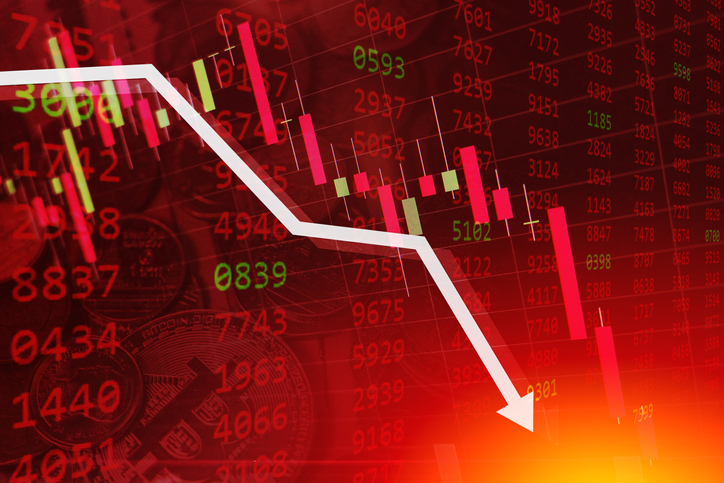We hear it all the time but what does it mean and how is it defined?
A recession is basically a decline in economic activity, and it is widespread throughout the country.
The National Bureau of Economic Research (NBER) is responsible for identifying if the US is in a recession or not. It is common to believe that the US is in a recession when the Gross Domestic Product (GDP) has had 2 quarters of negative growth.
These are some general signs that are usually associated with the United States entering a recession.
However, it’s important to note that economic conditions are complex and can vary, so these signs should be considered as potential indicators rather than definitive proof of a recession. Here are some common signs to watch for:
Economic Growth Slowdown: A significant decline in the rate of economic growth or consecutive quarters of negative GDP growth may indicate an approaching recession.
Rising Unemployment: Increasing job losses and a rising unemployment rate suggest weakening economic conditions. When businesses face financial difficulties, they may cut jobs to reduce costs.
Declining Consumer Spending: Reduced consumer spending is a key indicator of economic weakness. If people are cutting back on discretionary purchases and reducing their overall spending, it can signal an economic downturn.
Falling Business Investment: A decrease in business investment, such as declining capital expenditures or reduced corporate profits, can be a sign of economic contraction.
Inverted Yield Curve: When the yield on long-term government bonds falls below that of short-term bonds, it is referred to as an inverted yield curve. This phenomenon has often preceded past recessions, although it is not a foolproof indicator.
Stock Market Volatility: Sharp declines in stock market indices may be an indication of investor concern about the economy’s future performance.
Tightening Credit Conditions: If banks and other lending institutions become more reluctant to extend credit or if interest rates rise significantly, it can restrict borrowing and spending, potentially leading to an economic downturn.
Manufacturing and Industrial Production Decline: A slowdown or contraction in manufacturing and industrial sectors can be indicative of a broader economic slowdown.
Reduced International Trade: Decreased exports or imports can reflect weakening global demand and impact on domestic economic activity.
These are several items that the stock market and economist use to look for a recession.

These signs should be analyzed collectively rather than in isolation. The market will closely monitor a combination of these indicators to assess the state of the economy and determine whether a recession is likely.
Continue to focus on Being a Fiscal Investor.
